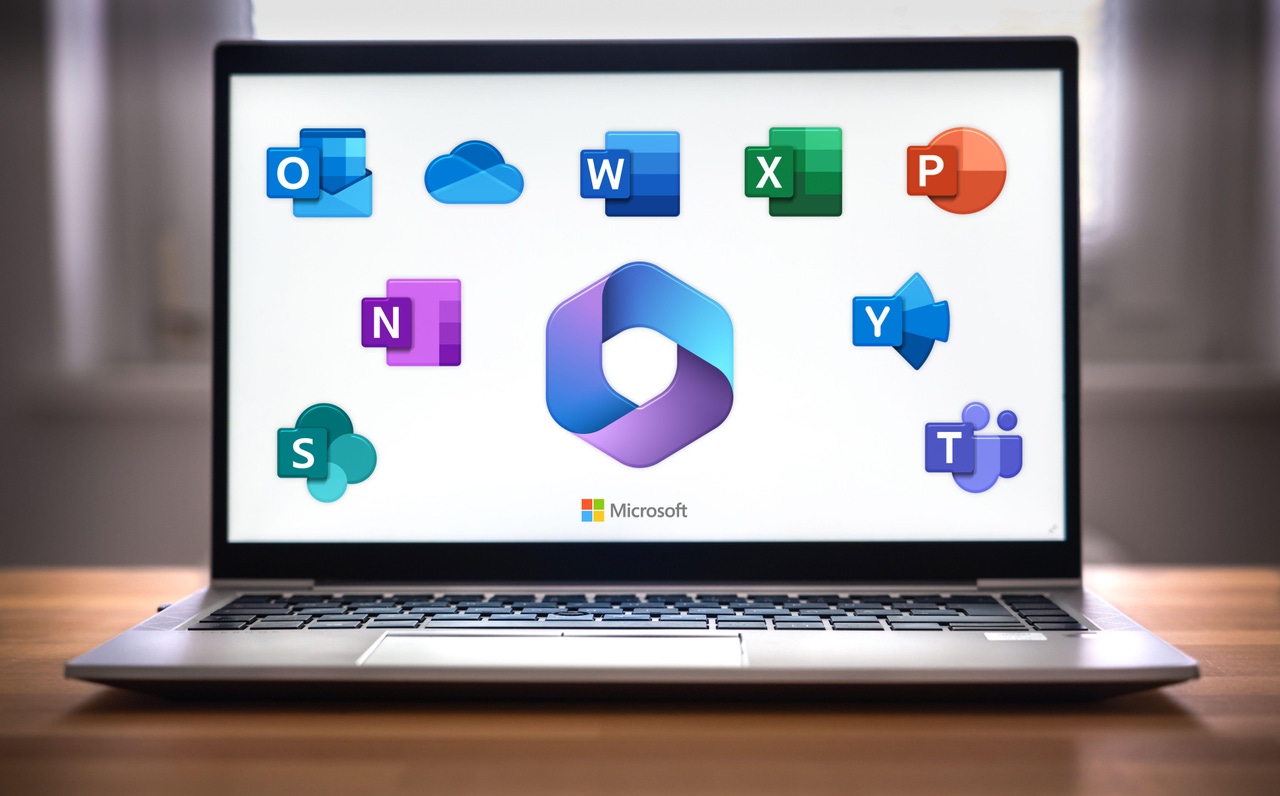
Insight and analysis on the information technology space from industry thought leaders.
Optimizing Investments in Copilot for Microsoft 365: How To Get Started
Organizations should not only invest in AI technology like Copilot Microsoft 365 but also prioritize education, continuous training, and analytics to ensure successful implementation and maximize ROI.
May 1, 2024

Especially in the past two years, employees have been vocal about wanting AI to assist them in various aspects of their work, including finding information, completing analytical work, doing administrative tasks, and enhancing their creativity. Organizations see the benefits, with Forrester Research predicting approximately 6.9 million knowledge workers in the United States will use Copilot for Microsoft 365 by the end of 2024.
But this technology is not cheap – and most organizations plan to keep spending, with at least 25% of their technology budgets dedicated to AI in the next five years, according to AvePoint’s AI & Information Management Report. To make technology like Copilot for Microsoft 365 worth the investment, organizations cannot just deploy it and call it a day. Instead, prioritizing education and ongoing analytics will not only enhance Copilot for Microsoft 365 deployments in the short term but will help businesses make more strategic AI investments for the long haul.
Here’s how to get started.
Develop a Comprehensive Onboarding and Continuous Education Program
Today we have an enablement problem when it comes to AI. Organizations have invested heavily in AI, yet the AvePoint report found that only 46% of organizations offer AI-specific training. Focusing on AI and information literacy can bridge the gap between access to technology and successful implementation because without proper training you often get low adoption rates.
The good news is that organizations want to invest in better enablement and training. According to the AvePoint report, businesses this year plan to allocate up to 40% of their AI budget toward training employees in AI competencies. Prompt training, for example, may seem intuitive, but like when Google Search first came out, there are techniques that can improve the quality of results.
Consistently Measure Adoption and Success
According to the 2023 Microsoft 365 survey from Gartner, only 8% of organizations had defined KPIs to measure Microsoft 365 usage and adoption. Extending that to Copilot for Microsoft 365 is problematic – especially given the huge investments from businesses today. Rather than a broad overview, businesses need a detailed analysis of how employees are utilizing Microsoft's AI-enhanced productivity tool. This can be achieved by monitoring adoption patterns over a period, identifying unexplored avenues for greater involvement, and comparing the usage of Copilot for Microsoft 365 throughout the organization.
The more specific your KPIs are for measuring adoption, the better. And don’t be afraid to move licenses around if you are seeing greater adoption from one business unit over another. Especially if your organization is in the trial phase of Copilot for Microsoft 365, this can be incredibly useful and help you make more informed decisions in the future.
Highlight Digital Champions Based on Ideal Behaviors
Once you have granular insights on Copilot for Microsoft 365 usage, you can identify ideal productivity behaviors and nurture digital champions within the workforce. For example, your sales teams may be using Copilot for Microsoft 365 to help with RFPs or the legal team to review dense contracts. With this technology in its nascent stage, having unique examples and sharing them throughout your organization can cultivate widespread adoption of modern workflows that accelerate innovation and business growth.
On top of that, data-driven models on usage patterns and existing software adoption can help you identify the strongest opportunities to drive productivity gains and ROI from AI-powered capabilities. Instead of relying solely on the data and insights from Microsoft, consider integrating data from other HR systems like Workday to allow stakeholders to filter insights even deeper so they're able to make the best decisions to see a better ROI. That way, you can confidently allocate licenses to ensure technology like Copilot for Microsoft 365 reaches the teams primed for maximum benefit, optimizing investment returns and employee satisfaction.
Ultimately, businesses cannot afford to skimp on analyzing Copilot for Microsoft 365 adoption and usage. With Gartner predicting that spending on AI software like Copilot for Microsoft 365 will grow to $297.9 billion by 2027, this is a huge cost – and one that has big potential if done right. The time is now to start getting granular data and making the most of this critical spending.
About the Author
You May Also Like








.jpg?width=700&auto=webp&quality=80&disable=upscale)
